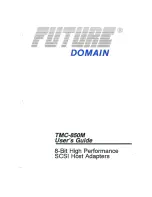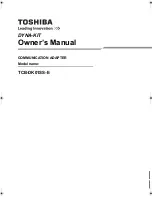
C-3
Cisco Aironet 350 Series Bridge Hardware Installation Guide
OL-1412-01
Appendix C Antenna Basics
Antenna System
General Antenna and Safety Tips
When installing an antenna, follow these general tips:
•
For most elevated antenna installations, it is recommended that you use professional installers for
proper installation and safety.
•
For safety reasons, never touch a high-gain antenna when it is transmitting or point it at any part of
your body.
•
Carefully follow the instructions provided with your antenna.
•
Keep antennas away from metal obstructions (heating and air-conditioning ducts, large ceiling
trusses, building superstructures, and major power cabling runs).
•
Use a directional antenna when connecting a link between two buildings. A directional antenna must
be properly aligned to directly point at the other antenna.
•
Mount an omnidirectional antenna in the middle of the desired coverage area when possible.
•
Place the antenna as high as possible to increase the coverage area.
•
Outdoor antennas should be mounted above obstructions such as trees and buildings.
•
Antenna towers should be a safe distance from overhead power lines. The recommended safe
distance is twice the tower height.
•
Use special ground rods and follow the National Electrical Code for proper outdoor antenna and
tower grounding.
•
To prevent moisture entry into the antenna cable, seal all external cable connectors using
commercial products such as coax compatible electrical tape and Coax-Seal.
Lightning Arrestors
When you use outdoor antennas, you should use a lightning arrestor to protect radio equipment from
static electricity and lightning-induced surges that travel on coaxial transmission lines. However, a
lightning arrestor will not prevent damage from direct lightning strikes.
You can install the lightning arrestor indoors or outdoors. Follow the regulations or best practices
applicable to lightning arrestors in your local area.
If you install the arrestor outdoors, ground the arrestor by using a ground lug attached to the arrestor and
a heavy wire (#6 solid copper) and connect the lug to a good earth ground. If you install the arrestor
indoors, place the wireless LAN device near a good source of ground, such as structural steel or the
ground on an electrical panel, and ground the arrestor using one of those grounds.
Figure 1
shows the
connectors on the arrestor and the proper placement of the ground lug.








































